What Exactly is Metaverse? All you need to know
"The Metaverse isn't going to be created by one company. It will be created by millions of developers each building out their part of it".
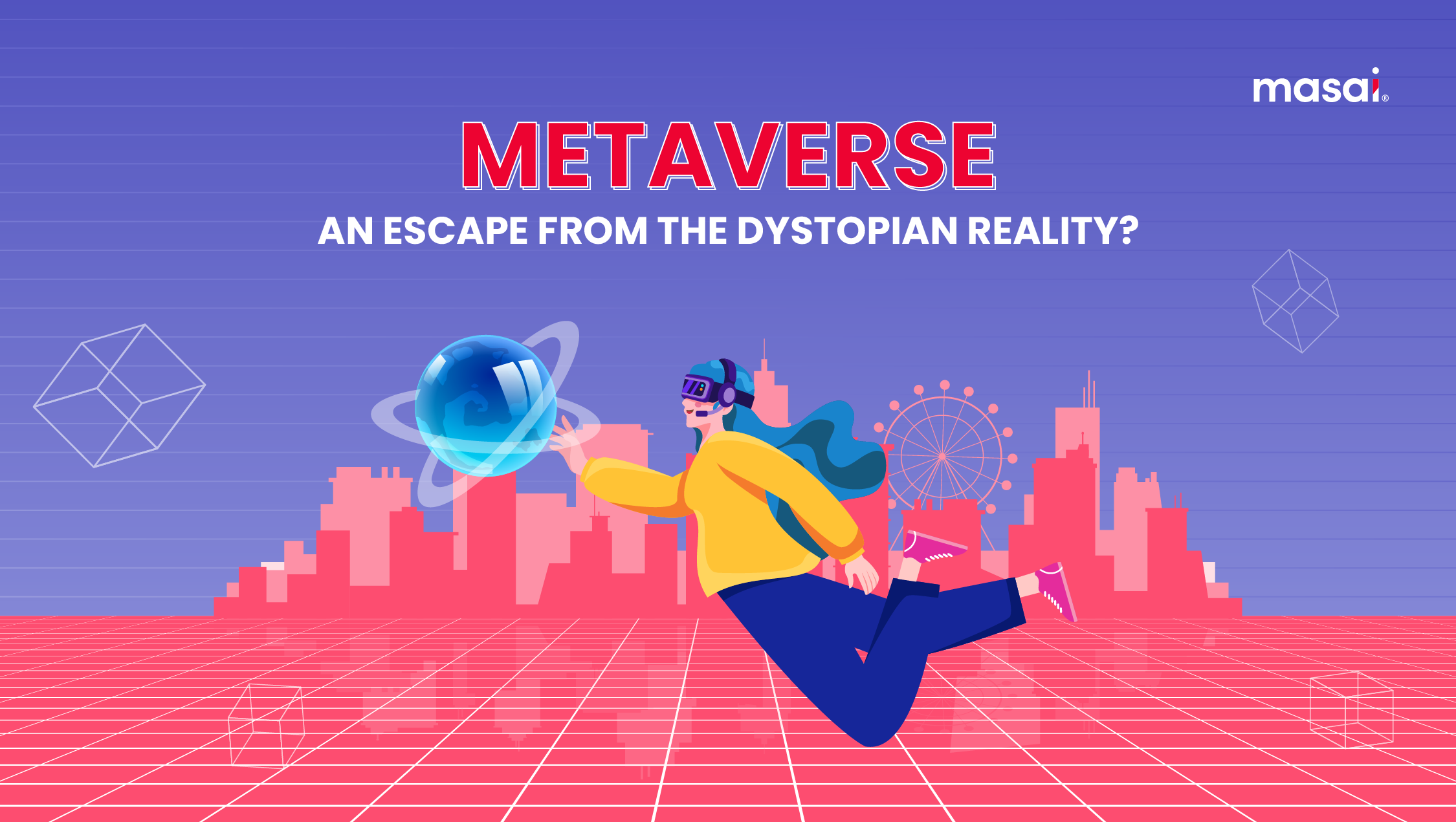
Use this thorough guide to set off on a tour through the Metaverse. Learn what it is, how it functions, and how it affects the digital world. Explore the digital world of the future right now!
One of the most exciting concepts to be discovered in the quickly evolving digital world is the concept of the Metaverse. This in-depth class will explore the Metaverse and look at its significance, purpose, and how it's affecting our online world.
Most of you would have watched the movie 'Avatar'. The highest-grossing movie in the world to date. The physically handicapped protagonist transforms himself into an inhabitant of the planet - Pandora and teleports himself using a device, multiple times.
Eventually, he starts preferring his avatar and decides to favor the natural inhabitants of the planet - going against the human corporate powerhouse.
You could argue that in the movie he's actually living his avatar in the physical world, so it's not completely Metaverse, is it?
And you'll be right at that. It was even beyond Metaverse. But the movie explored how Virtual and Augmented reality can be used to transfer a human's consciousness to another dimension.
Another movie that comes to mind is - Ready Player One, a picture set in 2045 by Steven Spielberg. A group of contestants goes on a virtual treasure hunt to find an Easter egg that'll give them control over OASIS - a virtual world. When the players take off their VR headsets, they can no longer distinguish between the virtual and the real world.
This is the very essence of Metaverse, a world where you can carry out your daily activities in a virtual world with a pinch of reality.
Of course, we took these movies with a pinch of fiction and unrealism back then, but who knew all of this was right on the horizon, in the making of new world order?
In the year 2021, the social media giant Facebook rebranded to Meta to lead the way into a Metaverse-centric world, and the buzz has been electric since.
In the ‘introduction to Meta’ video, Zuckerberg stated- “The Metaverse would be the second-best thing to a teleportation device. Teleporting around the metaverse will be like clicking on a link.”
Now, we all know the tittle-tattle about Metaverse, but as a concept, it's still not clear in most of our minds. What is it? How does it work? What are the possibilities and boundaries associated with Metaverse?
How are people being able to buy land in the virtual world? Or go on date, for that matter?
Future Iteration of the Internet
Many people deem the metaverse as an alternative to the internet, when in fact, it is a future iteration of the internet. How?
Let’s look at the evolution of the internet in phases-
- The Internet in the 1960s was a medium for govt researchers to share information. Due to the immobility of computers, one had to either travel to the site or get magnetic computer tapes sent via the postal system.
- Interestingly, the cold war between the US and the Soviet Union led to the formation of ARPANET (Advanced Research Projects Agency Network), which later evolved into the internet we use today. ARPANET's membership was limited to a few academic and research organizations and there still wasn't a universal standard for computers to be connected. Then came a new communication protocol called Transfer Control Protocol/Internetwork Protocol (TCP/IP) that allowed computers on different networks to communicate with each other. This development marked the beginning of the first phase of the internet in 1983.
- Thanks to Tim Berners Lee’s World Wide Web (1989), data traffic exploded with the arrival of general access to the internet. It was all about information back then. People were aware of it but they didn’t sense the worldwide implications it could have. Websites were a nice-to-have but by no means an essential asset to the business. In the initial years of phase 1, not operating on the internet didn’t mean you’d go out of business. Google and Yahoo were the market leaders in this phase.
- Then arrived phase 2 somewhere around 2007, with the advent of mobile technology and networking. Social media became the talk of the town and businesses started to realize the power of the internet in terms of marketing, sales, and customer experience. Billions of people were onboarded, in a sense, to the internet. Apple and Facebook were the clear leaders in this phase.
- Now, we’re undergoing phase 3 of the internet. It kickstarted when Google DeepMind’s AlphaGo program beat the world champion Human Go player for the first time, registering a victory towards the advancements of Artificial Intelligence. We got introduced to the concept of a decentralized economy via blockchain and cryptocurrency. This is the Web 3.0 version of the internet, a decentralized structure with countless interoperating systems.
Now, if you look closer, the world wide web has always been imagined as a 3D space. Most of the keywords related to the net signify spatial and 3D structures such as site, portal, virtual, social, navigation, etc. Despite all this, we have only interacted in a 2D context with an infinite number of hyperlinked flat pages. We have networked 2D screens and shared flat designs in Web 2.0.
With the affirmation of technologies such as Virtual Reality and Augmented Reality, a 3D version of the internet seems possible. In fact, it’s not the first time we’re talking about a spatial reality.
Developments have been made before, like the video game called ‘Second life’ launched in 2003, which had virtual islands, and made for a futuristic experience. But the lack of supportive technical standards always kept the concept at bay.
Now, with the rise of Web 3.0 architecture including core enablers like blockchain, AI, VR, and AR, we’re in a position to finally experience the metaverse in its full glory.
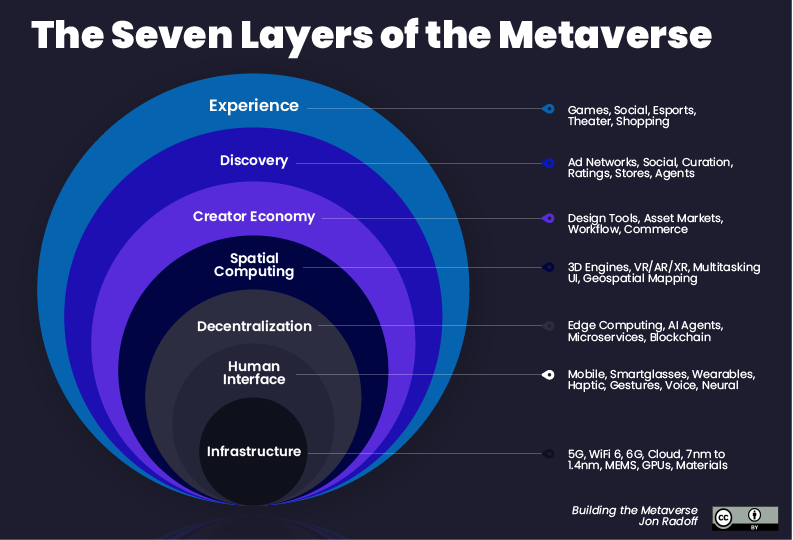
So, let's decode this phenomenon i.e. Metaverse bit by bit until we have a clear picture in our heads.
What is Metaverse?
Before we embark on this journey, we must have a strong understanding of the nature of the Metaverse. Simply expressed, the merger of virtually enhanced physical reality with digital reality is what gives rise to the Metaverse. It's a location where individuals may interact virtually, connect, work, play, and even do business.
Metaverse is made up of two words - 'Meta' and 'Verse'. 'Meta' means 'beyond' while 'verse' is derived from the word 'universe'
The term was first coined by Neal Stephenson in his 1992 novel Snow Crash. According to the book, Metaverse is this virtual space where there are virtual avatars, digital social interactions, and gaming among other things that we use with Metaverse today.
In actuality, Metaverse is too broad a term to be defined. And maybe also, because it's a new term and it'd be too soon to contain Metaverse in a single definition.
If you look at the current developments, Roblox is creating user-generated video games, Meta (aka Facebook) is on its way to building a VR social platform, whereas an NFT-based real estate company called the Metaverse Group bought a plot of land in a virtual platform called Decentraland.
The common conception is- "It's an integrated network of 3D virtual worlds". We can access this world through a virtual reality headset (VR) using our eye movements, feedback controllers, or voice commands.”
People often describe the Metaverse as a 3D internet where they may utilize avatars to explore real-world scenery. It is not limited to any one platform and encompasses a variety of virtual worlds, online games, and augmented reality experiences. Because it can be accessed online and is made up of connected virtual places, the Metaverse is a global phenomenon.
When an entity satisfies all three of the following criteria, it can be referred to as a metaverse:
- A 360-degree digital environment fusing the real and the virtual
- A digital setting with a functioning economy for carrying out financial transactions
- Interoperability is also important since it allows for seamless transitions between different metaverses.
This also shows the democratic nature of the metaverse- It’s not an entity or a technology that can be owned by any single organization, but it will be collectively created, managed, and optimized by several organizations, in a decentralized manner.
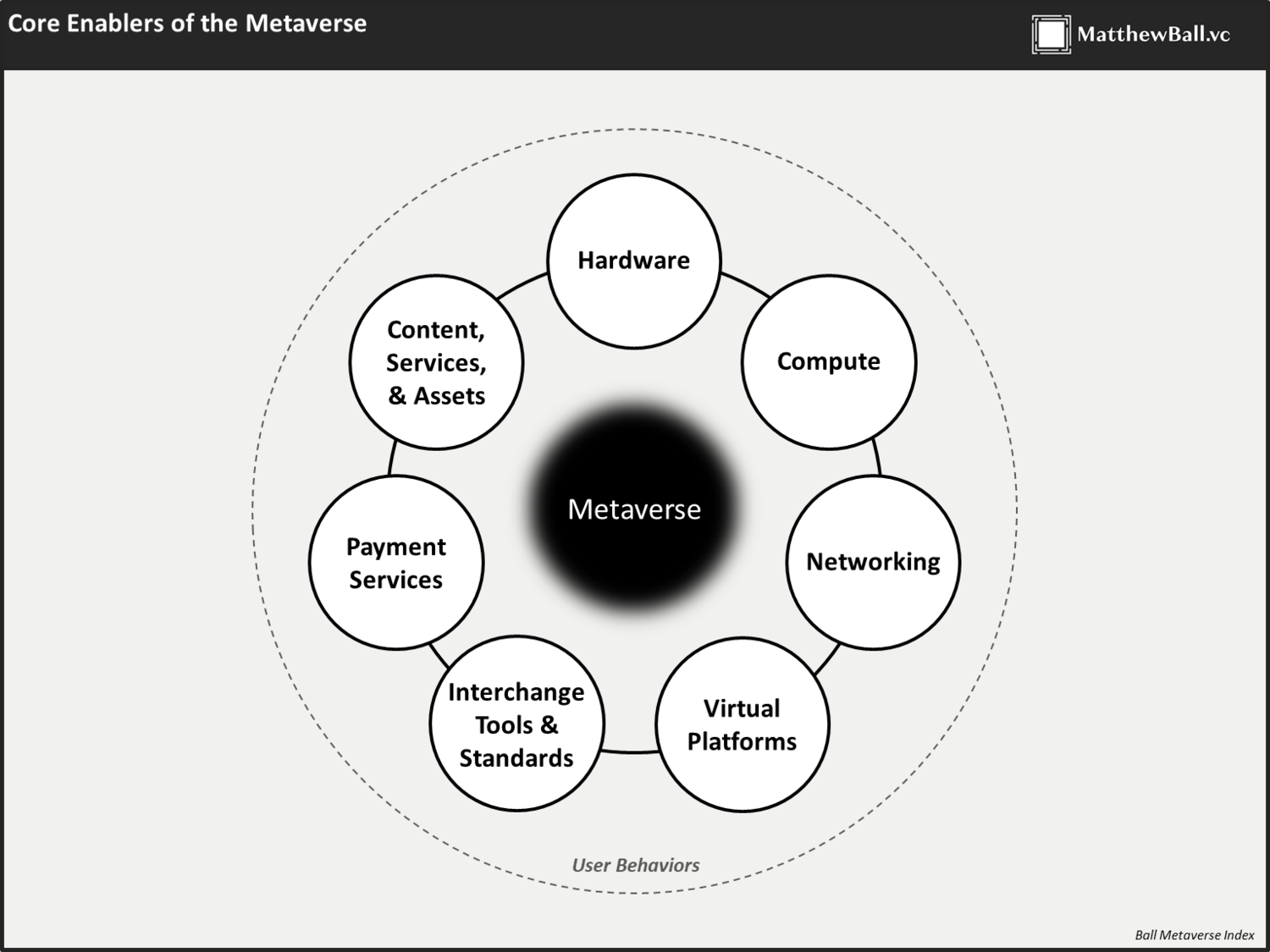
It's an immersive experience created by generating the physical sensation of actually being there.
As Zuckerberg (CEO, Meta) puts it:- "The defining quality of the metaverse will be a feeling of presence - like you are right there with another person or in another place. Feeling truly present with another person is the ultimate dream of social technology. That is why are focusing on building this,"
Components of Metaverse
As we mentioned before, the metaverse is not possible without its core enablers working in sync. Interestingly, all the systems we have been developing over time are taking us one step closer to the metaverse. Let’s have a look:
Virtual and Augmented reality
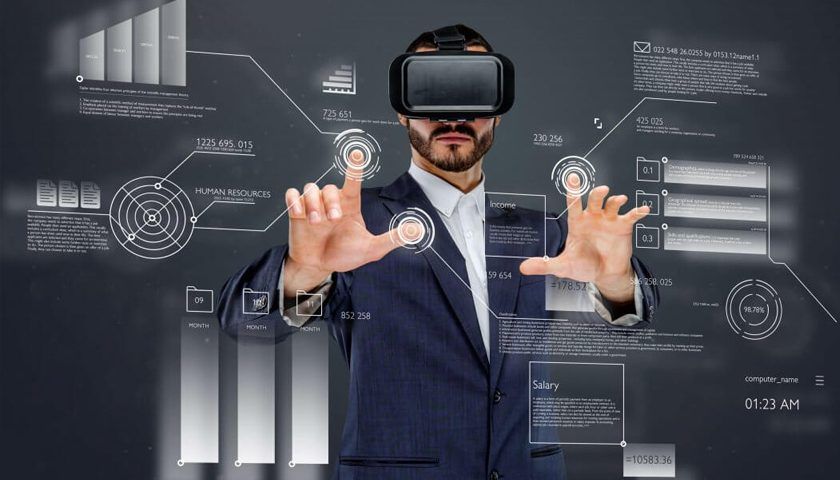
We've witnessed some great examples of persistent social spaces such as Ultima Online which debuted in 1997 and allowed thousands of people to interact in a continuous 2D environment through the screen of your monitor.
Or Second life which allowed the first time 3D shared social experiences but still through a monitor.
We are wired to perceive the world around us visually and spatially, through the light reflections coming into our eyes to the direction of the sound source, creating a 3D spatial map around us.
Virtual Reality headsets can completely mimic these senses by projecting stereoscopic lights and tricking us into believing that we're actually in a 3D spatial environment.
Virtual Reality can be defined as a computer-generated simulation of a 3D image or environment that users can interact with in a seemingly real way using gloves, headsets, and sensors.
To fully grasp the concept, let's break down the key components of the Metaverse:
- Virtual Worlds: The Metaverse is made up of a variety of virtual worlds, each with its special characteristics and objectives. Users can seamlessly transition between different worlds.
- Avatars: Users design digital representations of themselves known as avatars in the Metaverse. People can communicate with other users and the virtual environment by using these avatars.
- Interactivity: The Metaverse is built around interactivity. Similar to how people interact in the real world, users can talk, work together, and engage with one another.
- Economy: The Metaverse has a bustling economy with its own digital money, assets, and marketplaces. Virtual goods and services are available for exchange, purchase, and sale.
Case in point, video games such as Fortnite or Minecraft give their users an immersive experience of the action happening in the digital world through headsets like the HTC Vive or Oculus Rift.

On the other front, Augmented Reality can turn users into life-size holograms by placing their 3D images onto a digital device's screen. (The kind you'd have seen being used in the MCU movies). This technology makes you feel like the digital object is in the same place as the observer.
Google is already working on Project Starline which allows its users to communicate via 3D hologram face-to-face chats.
Now, we can see how both VR and AR can come together to create a parallel universe.
But is Metaverse limited to just VR and AR?
Artificial Intelligence
AI has a big role to play in the metaverse world. Its applications range from generating hyper-personalized experiences to smart contact support and intelligent networking.
For instance, Meta is working on an AI technology-based 'Bot builder' that will allow people to create virtual environments of their own using voice commands. "It enables you to describe a world and then it will generate aspects of that world for you," said Zuckerberg at a virtual event talking about the company's latest AI research.
Artificial Intelligence can also be used to create user avatars imitating a user's physical appearance making the whole experience a tad bit more realistic.
Possibilities are truly endless and how all of the components combine together to power the Metaverse, we're about to see.
Blockchain technology
Another component really crucial to the working of Metaverse is- decentralization of ownership. What's that? Let us explain.
Till now, any experience you have consumed or any digital asset you have ever owned has been actually owned by a central authority or a platform. Think about it, the coins you earned in a game, the skins you earned in PUBG or even the Facebook account you have, you don't actually own them. The platform can wipe out your access anytime they want.
But with the realest of digital experience in sight, Metaverse needs something else.
A decentralized economy on the Blockchain is the solution. With Blockchain, you can own a token of something you possess in the form of NFTs, whether it's your avatar or some other asset. No matter which virtual space you're in you'll always have that token in your decentralized wallet. (How cryptocurrency works)
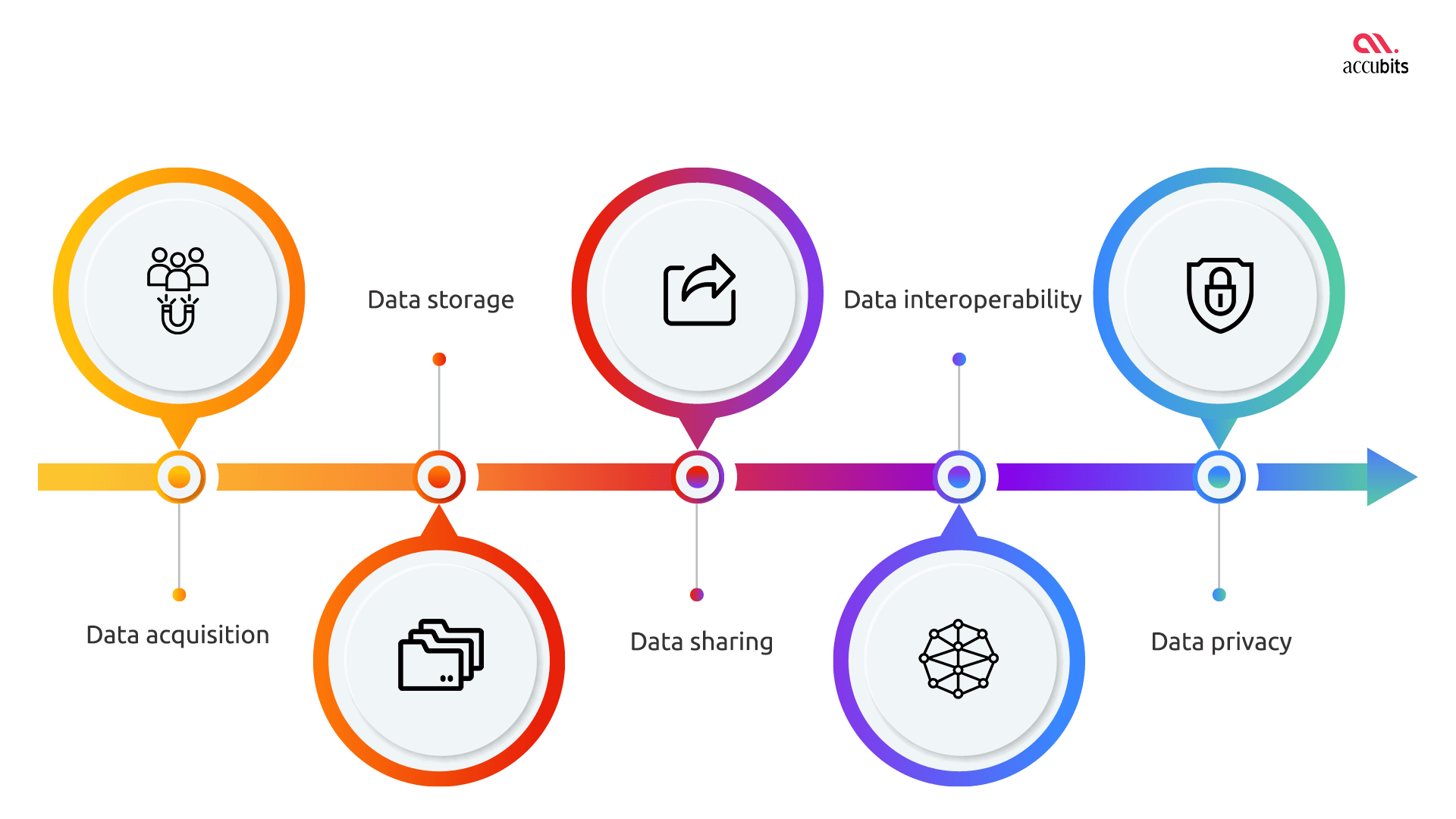
Furthermore, you can sell that asset, rent it, or do with it whatever you want for eternity.
The metaverse may eventually take the form of a network of open, connected, and decentralized virtual worlds, each with a fully functional economy. The role PayPal and credit card payments play for the web today, can be played by cryptocurrency in Metaverse.
Applications of Metaverse
If the Metaverse is a convergence, a conglomeration of physical, augmented, and virtual reality in a shared online space, how will it impact our lives?
Imagine your friend located thousands of miles away, sitting beside you on the beach in their hologram avatar, gossiping about life and work in real time. At least, that's how the future looks.
Tech giants are heavily investing in the development of the metaverse. We’ve already talked about Facebook(now Meta). Even Google has invested 39.5 million dollars into private equity funds for the Metaverse.
Microsoft is already in on virtual offices. In 2021, it released Mesh, a platform for hosting hologram meetings in virtual spaces.
The Metaverse has the potential to revolutionize various industries, including gaming, entertainment, education, and business. It offers:
- Immersive Experiences: Users can immerse themselves in digital environments that feel real, fostering new forms of entertainment and storytelling.
- Global Collaboration: Businesses can harness the power of the Metaverse for remote work, collaboration, and virtual conferences, transcending geographical boundaries.
- Education and Training: Educational institutions and companies can create immersive training programs and simulations for enhanced learning experiences.
- Economic Opportunities: The Metaverse presents opportunities for entrepreneurs, creators, and artists to monetize their digital creations.
It's truly the future of human connections; "a quasi-successor to the internet", as Matthew Fireball puts it in his nine-part essay on the metaverse.
Let’s look at how it is going to impact the world around us:
Business communication
Metaverse has tremendous implications in business communication, which in turn can lead to optimized productivity. At present, corporate meetings mostly happen via a 2D communication mode on platforms such as Zoom, Google Meet, etc. Metaverse can enable hologram-based real-time communication which will resemble a physical meet-up.
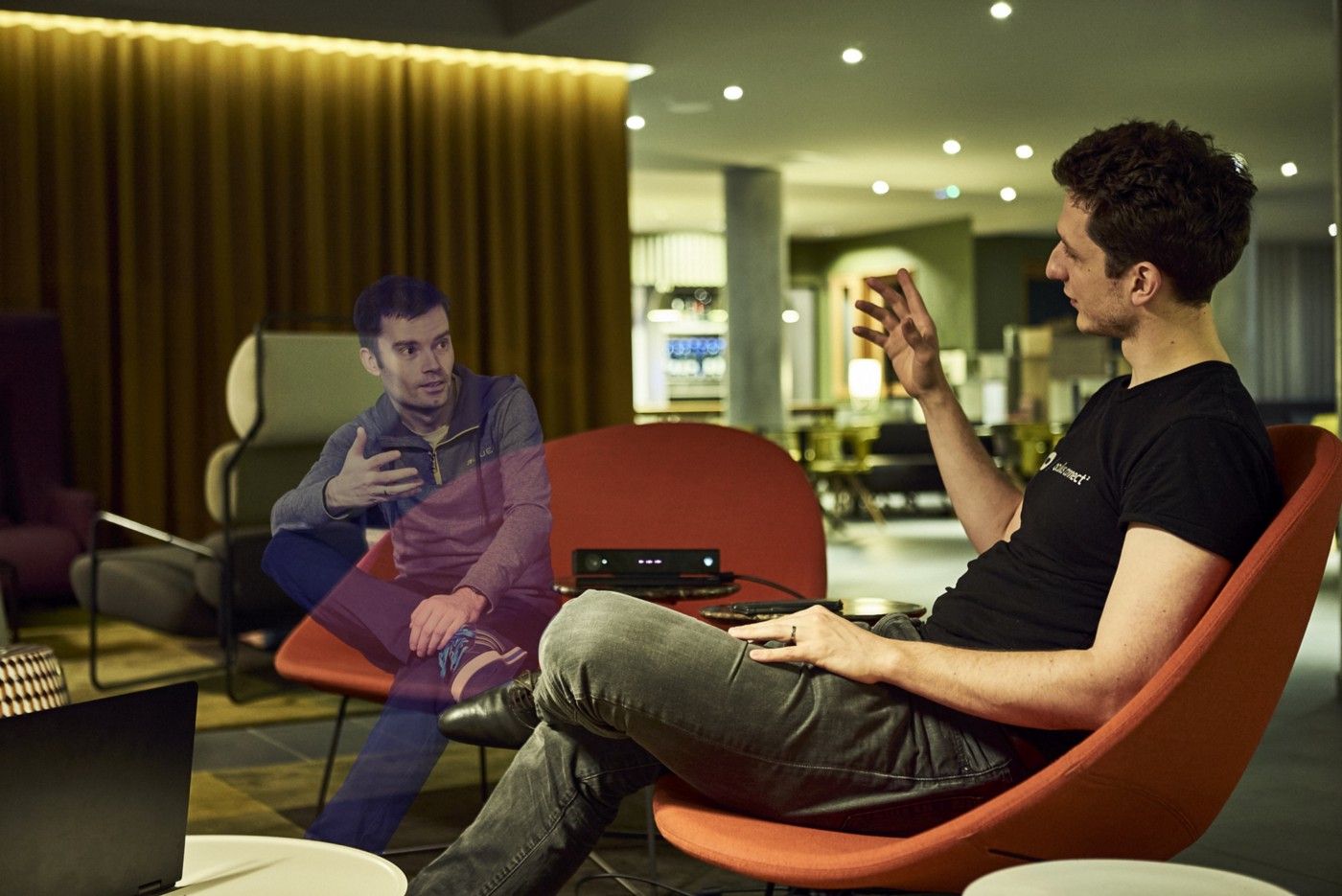
Especially in sectors like manufacturing, and wholesale, vendors can get a realistic virtual tour of the product warehouse wherein they can actually touch and feel the products.
Or in real estate, where guests can tour commercial and residential properties while staying at home.
Enhanced Social Interaction
When Zuckerberg announced the rebranding to Meta, he used the term "Embodied Internet" in his letter to the shareholders. And rightly so!
At present, our interaction with each other is limited to liking, commenting, or messaging. If we want a group-based conversation, we create a group chat or group call. All of this will drastically change once the Metaverse kicks in.
The AR and VR-powered Metaverse will enable users to interact with their friends and hang out together in real-time via their avatars. It will enhance the social networking experience to a great extent, especially given the times we're living in when worldwide lockdowns have become a common occurrence.
Healthcare
Healthcare is the most important sector where Metaverse can play a huge role. AR headsets can help medical professionals examine and monitor real-time patient data such as body temperature, heart rate, blood pressure, etc.
Microsoft Hololens-powered surgical assistive tools have already been helping surgeons in improving the precision and speed of surgical procedures.
X-rays and CT scans are two examples of visual-based technologies that can be used to move healthcare into the metaverse. Imagine a virtual environment that enables medical professionals and personnel to examine patients' bodies to determine the issue.
Revolutionized online education
A recent video in New York showed school students learning about astronomy in a virtual spaceship. Imagine the experience and clarity they'd get compared to learning on a blackboard.
With metaverse, the classes will be more interactive and purpose-driven. Students will be able to visualize concepts and watch live experiments rather than mugging up.
Virtual reality offers strong editing skills and can frequently help detect content issues. Additionally, it eliminates the language barrier which has often been a big problem when it comes to education. You must be able to converse in the language of the country you desire to study. Any language can be incorporated into the program for virtual reality.
Fun & Entertainment
What if you could attend the concert of your favorite celebrity, dance, and party all while sitting at home? Your avatar can do that for you.
In the future, we may have an entertainment industry being fully operated at the core of the metaverse. Where millions of avatars can attend virtual concerts, theme parks, and movie theatres from the comfort of their homes.
The sports industry can also join the bandwagon with unique competitive games being arranged within the metaverse, along with sophisticated and fair betting systems in place.
Future of the Metaverse
So, these were a few Metaverse applications at the top of our heads. Who knows what could be the scope once a fully-functional, feature-loaded Metaverse is created?
Yes! We're still in the building process. How the core enablers of Metaverse including the hardware, payment services, virtual platforms, internet of things, etc would come together, and eventually what they can produce is a thing of the future.
Internet in its early era was all about HTTP and broadband cabling. We've all seen how it has spanned across almost all functions of life and continues to impact us.
When Epic Games' founder Tim Sweeney was asked by CNN about the future of the Metaverse, he said- "I think it will take a decade or more to really get to the endpoint, but I think that is happening"
Adding further, he said- "The Metaverse isn't going to be created by one company. It will be created by millions of developers each building out their part of it".
We've grown up talking about parallel universes and realities, but always with a sense of defiance and fantasy. Today, Metaverse is knocking at our door to give all of us a second version of life, albeit a virtual one.
Goes on to show how crazy is the power of human vision and mind. Truly!
Briefly put, the Metaverse is a rapidly evolving digital space that is already changing the way we live, work, and play. It is not some far future vision. We can better prepare for the interesting possibilities that await us in this virtual world by comprehending its components and significance.
Frequently Asked Questions (FAQ)
Is the Metaverse real?
A lot of curious minds ask this question. Metaverse doesn’t exist in reality, but it’s a real concept by all means. We suppose, some people also get it confused with multiverse which is an entirely different thing.
When the metaverse will be fully operational is a mystery. Some people raise the possibility that the metaverse might materialize within the next year. Others predict that a fully working metaverse won't emerge for another ten years.
What will the metaverse look like?
Metaverse is a 3D network. It’s a combination of physical, digital, and virtual realities. Instead of a profile, you’ll have an avatar with other avatars (your friends). Instead of a news feed, you’ll have social hubs where people come together to share news, gossip, and play games.
Imagine walking on the streets of New York just by searching for ‘New York Times Square. You can actually feel the real experience of engaging with the environment through VR and AR headsets.
Will there be one metaverse or multiple metaverses?
More businesses will join in as Facebook plunges headfirst into building its metaverse. Therefore, it would be reasonable to anticipate that each organization would have a unique metaverse platform.
The metaverse could, however, take on a new form in the future as several businesses combine their separate metaverses into one virtual setting.
How will success in the metaverse be measured for businesses?
Eventually, it’ll come down to money. But it's conceivable that something else will replace the other measures that companies currently pay attention to, such as clicks, likes, and subscribers.
To quote Cathy Hackl, a futurist and a metaverse expert, “It’s going to be an evolution of learning how to know what you’re measuring and having a clear idea of what success means with each pilot that you do—what is it that you’re trying to test and what are you trying to learn? That will then help decide success beyond just a number”.
Are the Metaverse and Web 3.0 the same thing?
While both these terms are often used interchangeably, they’re different. Metaverse refers to a digitally native place whereas Web 3.0 covers the whole infrastructure including decentralized economy, spatial environments, and more.
Web 3.0 focuses on the free distribution of data using blockchain technology. It envisions a system where a person who owns an NFT should be able to use that avatar wherever they are on the Internet.
In other words, Web 3.0 is the collection of technologies that supports the metaverse and not the entirety of it.
Is the Metaverse limited to gaming?
No, the Metaverse encompasses much more than gaming. While gaming is a significant part of it, the Metaverse is a vast digital universe where various activities, including socializing, working, and learning, take place.
How can I access the Metaverse?
You can access the Metaverse through various platforms and virtual worlds, often using the internet and specialized software. It's essential to create an avatar and explore the virtual environments to fully experience the Metaverse.

